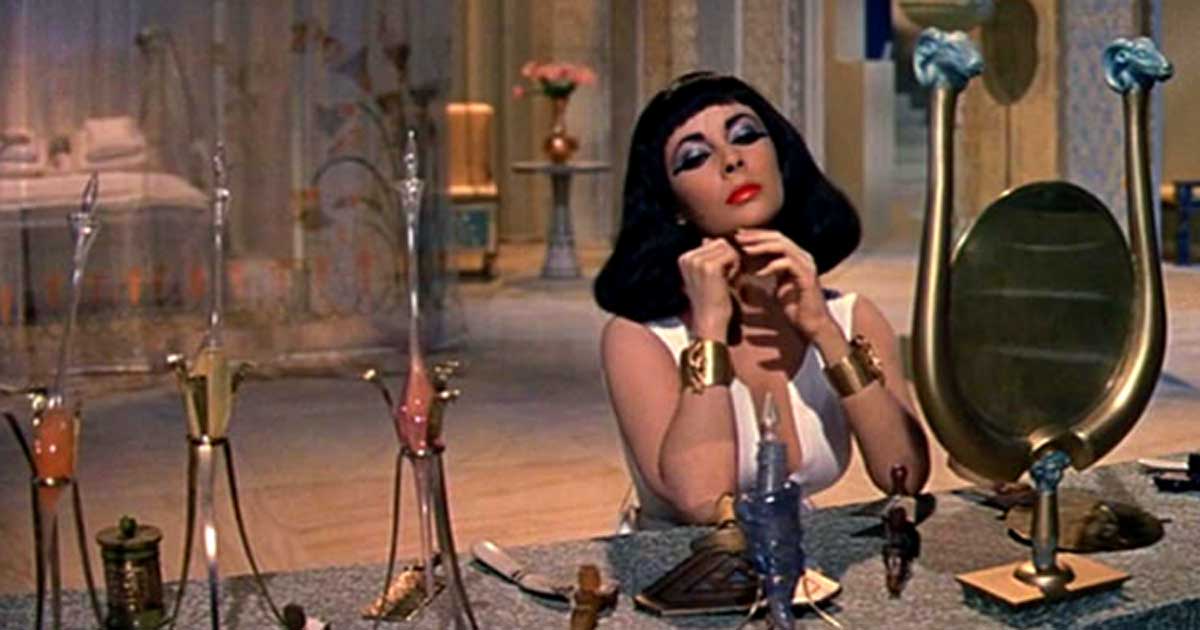Who knew our red lipstick had such a controversial history?
The ancient Egyptians were the first to crush rocks, berries, and bugs with wax to make lip stains. Cleopatra never went anywhere without her kohl-lined eyes and statement red lips.

In Ancient Greece, prostitutes were required by law to sport red lip pigment, lest they be confused for a respectable woman of the upper class. In those days, lipstick was made from a combination of red dye, sheep sweat, and crocodile droppings.
Fast forward to 16th century England and Queen Elizabeth who loved the bright red lipstick look. By now, the red color came from beeswax and red plant-based dyes and was worn only by upper-class women.

Not surprisingly, the French were the first to commercially produce lipstick, circa 1884. Instead of coming in tubes, as it is today, it was sold in paper tubes, small pots, or wrapped in paper.
In Suffrage times, red lips became a symbol of defiance, especially as men still passed laws prohibiting the wearing of such makeup.
During World War II, red lipstick had another renaissance. Adolf Hitler “famously hated red lipstick,” so wearing it became a sign of patriotism and a statement against fascism.

Elizabeth Arden even released a “Victory Red” and Helena Rubenstein introduced “Regimental Red.”
By the 1950s, red lipstick had gone mainstream, with two-thirds of teenage girls reporting that they wore lipstick in a 1951 survey.

Still a symbol of defiance and feminine strength, red lipstick is here to stay.

